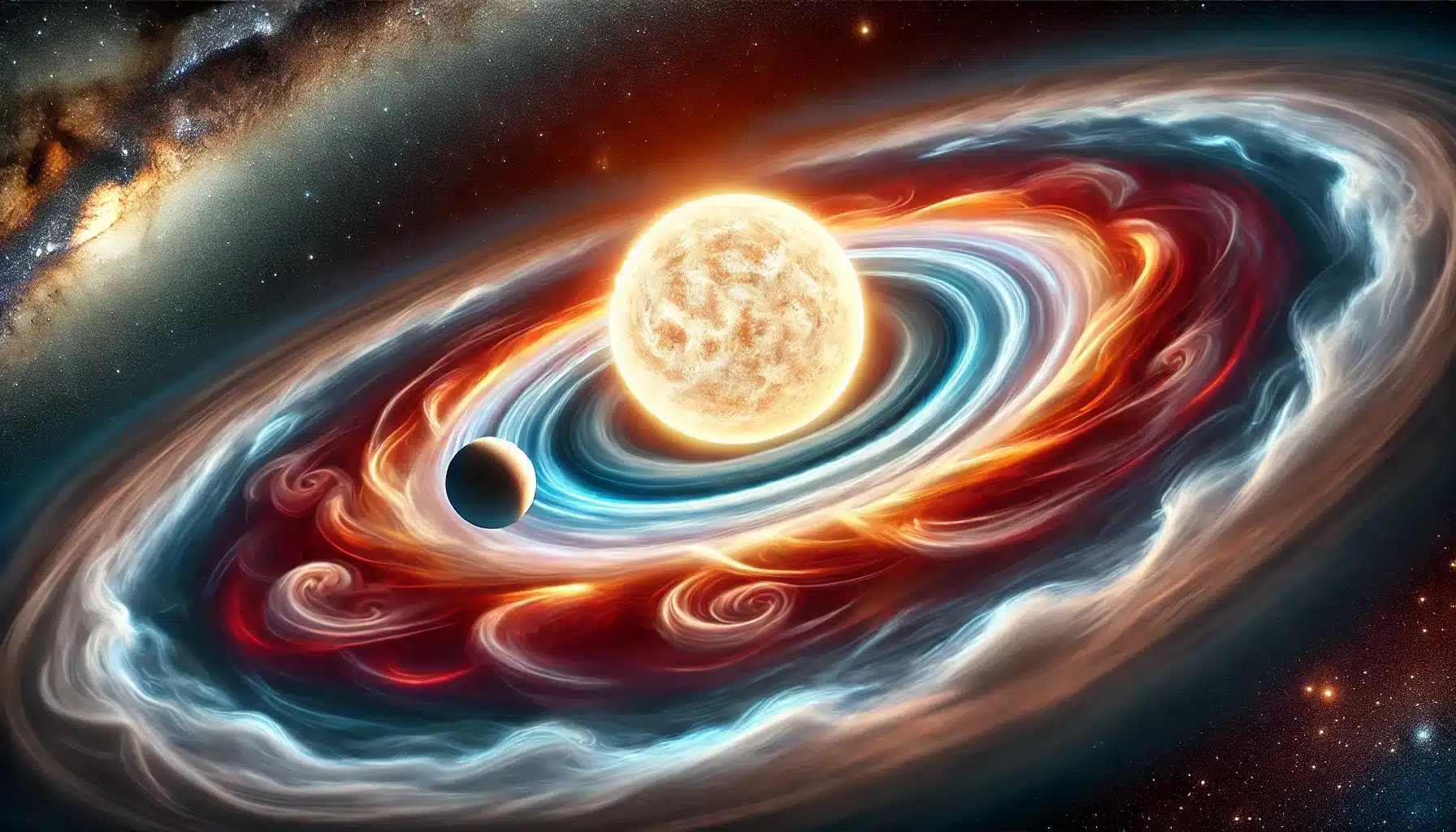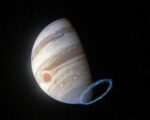Astronomers Discover Youngest Exoplanet Orbiting a Protostar 520 Light-Years Away

Researchers have identified one of the youngest exoplanets ever observed, a gas giant named TIDYE-1b, estimated to be only 3 million years old. Orbiting a protostar in the Taurus molecular cloud, roughly 520 light-years from Earth, this discovery offers a rare glimpse into the earliest stages of planetary formation. Published in the journal Nature on November 20, the findings provide key insights into the processes that shape young planetary systems. The planet’s unusual environment, including a tilted protoplanetary disk, has intrigued scientists.
TIDYE-1b is described as a gas giant with a diameter slightly smaller than Jupiter’s and a mass approximately 40% that of the largest planet in our solar system. It completes an orbit around its host protostar in just 8.8 days, an incredibly close proximity for such a young planet. According to lead researcher Madyson Barber, a graduate student at the University of North Carolina at Chapel Hill, this rapid orbital period highlights the dynamic and accelerated processes involved in the formation of gas giants. These findings contrast with the slower development typically associated with terrestrial planets like Earth.
One of the most striking aspects of this system is the orientation of the protoplanetary disk surrounding the host star. The disk is misaligned, tilted at an angle of about 60 degrees relative to the planet and the star. Such a configuration is highly unusual, as planets are generally thought to form within flat, aligned disks of gas and dust. Andrew Mann, planetary scientist and co-author of the study, emphasized that this misalignment challenges established theories of planetary formation and raises new questions about the forces influencing early planetary systems.
This discovery has far-reaching implications for understanding the diversity of planetary formation. TIDYE-1b’s unique characteristics suggest that young planets and their systems may undergo more complex and chaotic development than previously thought. By studying such rare and early-stage systems, scientists hope to refine existing models and uncover new mechanisms that contribute to the formation and evolution of planets across the galaxy.





















